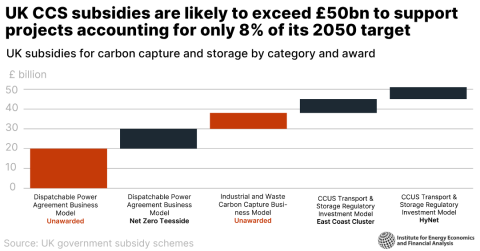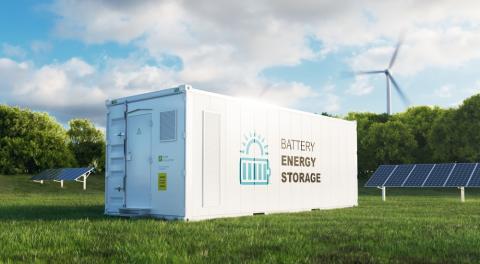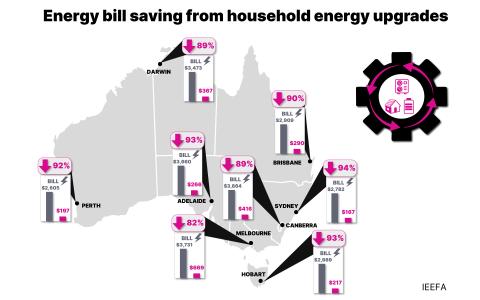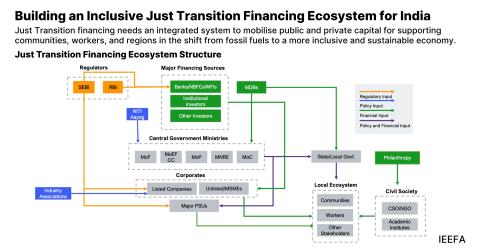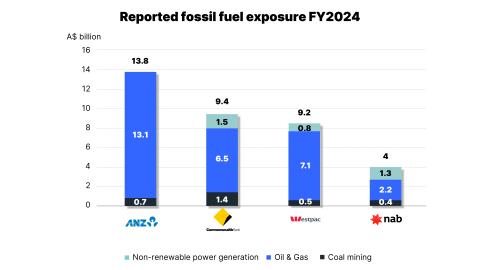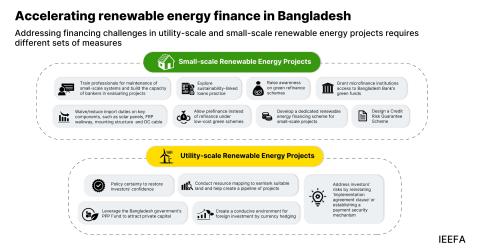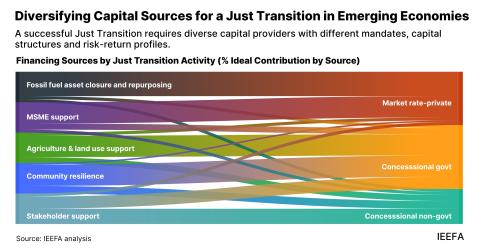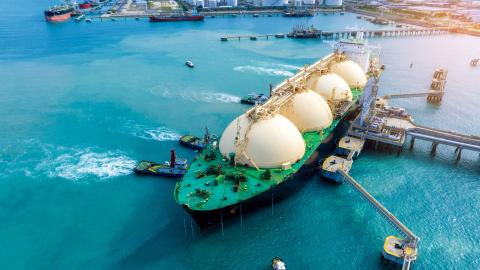IEEFA India: Post-election, India must formalise energy reforms already long deliberated
27 May 2019 (DELHI): Although renewable energy installation has seen tremendous progress due to policy initiatives, further energy reforms are necessary for the newly re-elected Government of India to meet its ambitious target to generate 275 gigawatts (GW) from renewable energy sources by 2027.
A new briefing note by IEEFA: Post-election, India must formalise energy reforms already long deliberated provides an early roadmap for the Government to accelerate reform in the energy sector.
Author Vibhuti Garg, Energy Economist says the promises made pre-election must now turn into action to combat air pollution, address climate risk, and accelerate much needed massive renewable capacity addition.
“There are five key areas which the newly elected government should immediately prioritise to provide energy policy certainty,” says Garg.
“They include passing the suggested amendments to the Electricity Act 2003 already before the Parliament. These amendments are good reforms and fundamental to the electricity sector in the rapidly growing economy of India.
“Secondly, UDAY II must be launched so as to push harder to reduce the losses of state-owned distribution companies while improving operational efficiencies and facilitating new grid distribution investment.
“Thirdly, time-of-day pricing be introduced for electricity producers to help manage peak demand and variability for renewable energy while providing a better deal for consumers.
“Fourthly, the Government of India must introduce payment security mechanisms as an extremely important step towards de-risking the Indian renewable power sector.”
In January 2019, India launched the National Clean Air Programme (NCAP) to combat air pollution and drastically reduce the adverse health effects being suffered.
“The last reform we recommend is that additional measures be implemented in tandem with the NCAP including deployment of decentralized renewable energy, and the promotion of schemes like solar irrigation pumps and distributed solar rooftops,” says Garg.
“Further, the adoption of electric vehicles and rail electrification should be accelerated to reduce air pollution from transport in India, whilst also reducing dependence on fossil fuel imports.”
“Better planning, improving the financial management of distribution companies, and addressing the issue of policy uncertainty can assist in building investor confidence, including attracting more investment for greater deployment of domestic renewable energy projects across the country.”
IEEFA notes India should embrace technological change to modernise, expand and diversify its electricity system.
“India is progressing, but economic development should be done in a sustainable manner and not at the cost of subjecting its population to health hazards and other environmental risks,” says Garg.
“Transitioning to clean energy can help the country achieve its twin objective of economic growth in a sustainable manner.
“It’s time for the newly elected government of India to act, now.”
Read the briefing note: Post-election, India must formalise energy reforms already long deliberated
Media Contact: Kate Finlayson ([email protected]) +61 418 254 237
Author Contact: Vibhuti Garg ([email protected])
The briefing note first appeared in ET Energy World on 27 May 2019.
Related links:
IEEFA India: Improving India’s electricity sector through time-of-day pricing
IEEFA India: Removing the roadblocks to accelerate renewable energy deployment

